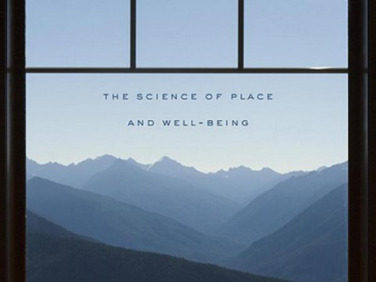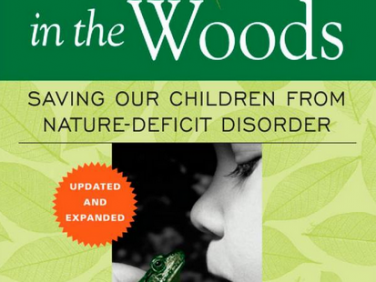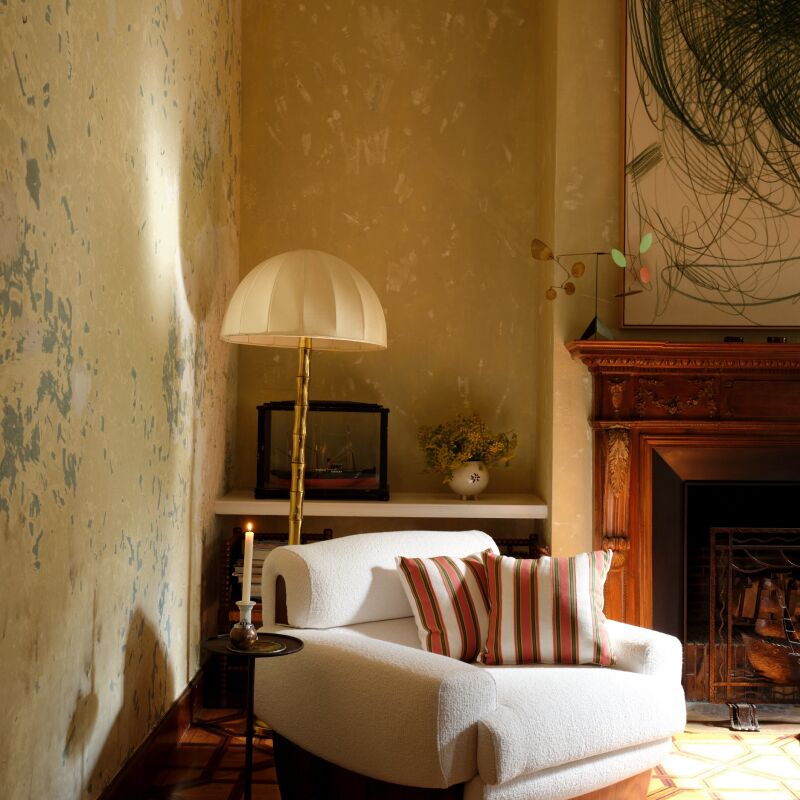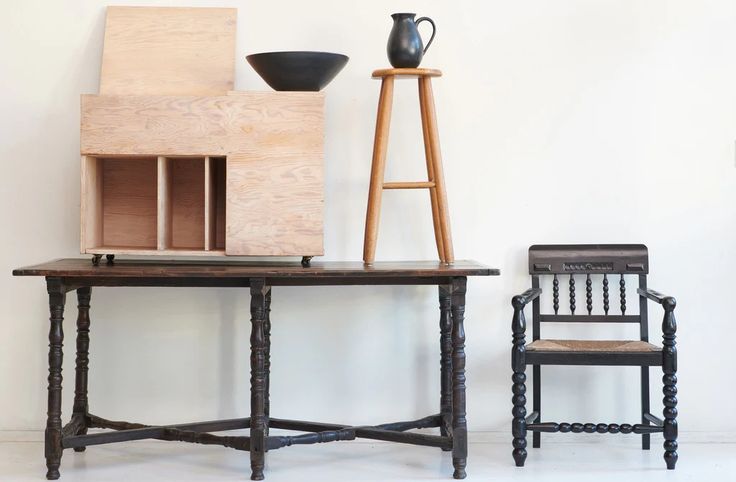Have you ever stepped out of the car (after a traffic-dodging drive from the city) into fresh mountain air, drawn in a deep breath, and felt instantly—miraculously—well, better? The spaces we live in affect us deeply: They impact our behavior and, as a result, our health. Our environment can trigger a stress response (an imprisoning brick wall, stacks of unpaid bills, mounds of dirty laundry) or cue the relaxation response.
Adding a little nature to our lives is one way to put a few more deep exhales back into the daily grind; a connection to nature, after all, is an essential ingredient of human health and well being. Here are 10 reasons for bringing the outdoors in.
1. Plants improve air quality.
In the 1980s, NASA discovered that plans can improve indoor air quality. And let’s not forget that fresh air helps you sleep: Remember, nature is the original Ambien.

2. Fresh-cut flowers in the home boost feelings of happiness.
As I browse the supermarket aisles, I often wonder: Is it worth the extra tally on the grocery bill to buy flowers? They are cheery, no doubt, but they never last long. After reviewing the research, I’m now convinced: It’s worth the debit in your happiness account. Studies have shown that flowers reduce depression and increase positive emotion. Read more in Need to Be Productive? Buy Some Flowers on Greatist and Flower Power in Rutgers Magazine.

3. Growing what we eat can help connect to the earth.
For urban dwellers, compact edible gardens or a few potted herbs can make a dramatic difference in our culinary experience. After growing a bit of lettuce on our back porch, my children now prefer it to the store-bought variety.

4. Getting back to nature can inspire creativity.
Richard Louv, author of Last Child in the Woods, coined the term “nature-deficit disorder” to describe a condition that he says results for our lack of communion with living things. He recommends living in and around natural living things, which boosts our creativity, happiness, and health.
5. Consider adding a small tree, a rock garden, or a terrarium to your indoor space.
A leafy tree, like a Fiddle Fig Leaf, or a small rock garden of collected stones or a terrarium can help set the mind at ease after a hectic day.

6. A dose of nature can enhance energy and performance.
Atlanta-based interior designer Ginny Magher (full disclosure: Ginny is married to my father, Craig) recommends growing a variety of kitchen herbs in small pots for a quick tisane. She snips fresh basil or thyme into her tea and finds the scent of fresh herbs provides an early morning mood-boost.
7. Spending time looking at plants can help you heal faster.
Nature is natural medicine. In 1984 environmental psychologist Rodger Ulrich conducted a study on gallbladder surgery patients, which proved that those whose rooms overlooked trees healed faster than those who looked at a brick wall. Read more in How Hospital Gardens Help Patients Heal from Scientific American.

8. Spending time around greenery can improve concentration and increase attention span.
This benefit holds true for children as well. Studies have shown that children who spend time around plants have better concentration (A “Dose of Nature” for Attention Problems, the New York Times). At Waldorf Schools, families are encouraged to build a nature table to reflect the changes in the seasons; children are encouraged to collect “treasures” from the outdoors and display them inside to maintain a connection to the present season.
9. Being in a natural environment can improve memory performance by as much as 20 percent.
Dr. Esther Sternber, author of Healing Spaces: The Science of Place and Well-Being, says that our health extends beyond our physical bodies to include our emotions and the spaces around us. The practice of Feng Shui, the system of harmonizing the human experience with the surrounding environment, echos this same principle.

10. Plants require care, which helps to flex our nurturing muscles, making us more compassionate.
Caring for life can channel anxiety into an outlet of caretaking and nurturing. In our texting, updating, connected-but-disconnected modern life, we can forget our place in the larger universe; having a life to care for can put it all back into perspective—and again, helps us feel more alive, at ease, and whole.

Frequently asked questions
What is 'Happier at Home: 10 Reasons to Bring the Outdoors In' about?
This article is about how bringing plants and natural elements indoors can enhance our well-being and quality of life.
Why is it important to bring the outdoors in?
Bringing natural elements inside can improve air quality, reduce stress, and boost our mood and productivity.
What are some ways to bring the outdoors in?
Some ways to bring the outdoors in are adding plants, using natural materials in decor, and incorporating earthy colors into your home.
What are some easy-to-care-for indoor plants?
Some easy-to-care-for indoor plants are succulents, snake plants, and pothos.
Can adding plants to my home really improve air quality?
Yes, plants can improve air quality by removing pollutants and releasing oxygen.
Do indoor plants require a lot of maintenance?
Not necessarily. There are many low-maintenance plants that require minimal care.
How can natural light be incorporated into a home?
Natural light can be incorporated into a home by using sheer curtains, placing mirrors strategically, and choosing light-colored decor.
What are some benefits to having natural light in a home?
Natural light can improve our circadian rhythm, boost our mood, and provide vitamin D.
Can incorporating natural elements into my home decor really improve my well-being?
Yes, studies have shown that incorporating natural elements into our indoor spaces can have a positive impact on our mental and physical health.
Are there any downsides to bringing the outdoors in?
Some downsides to bringing the outdoors in can be allergies to certain plants, or the added responsibility of maintaining plants and natural elements.







Have a Question or Comment About This Post?
Join the conversation